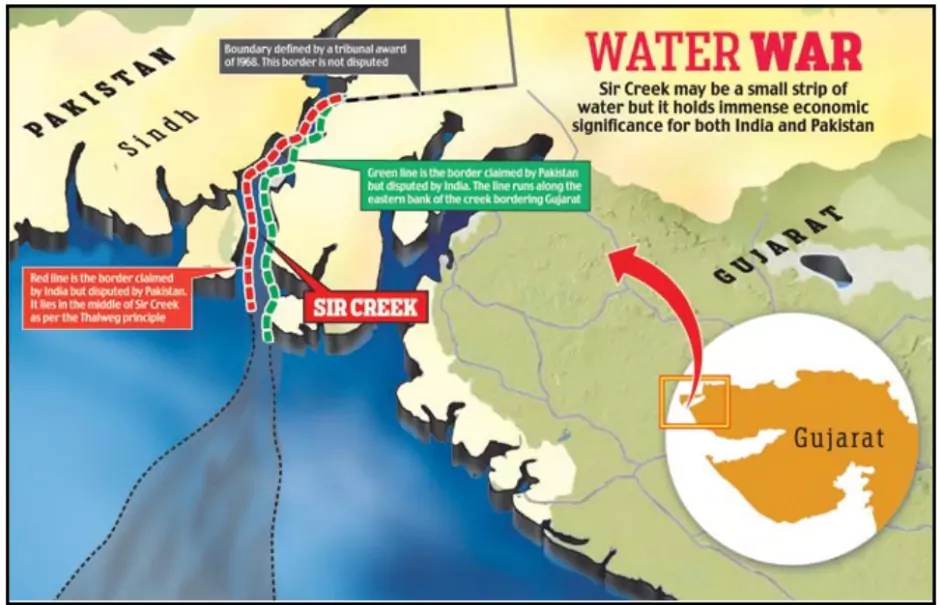India Wins ISSA Award 2025
Context: Recently, India received the International Social Security Association (ISSA) Award for Outstanding Achievements in Social Security at the World Social Security Forum in Kuala Lumpur, Malaysia.
About India’s Recognition
- The award acknowledges India’s progress in social security coverage from 19% in 2015 to 64.3% in 2025 benefiting over 940 million citizens.
- It honours India’s innovative use of digital infrastructure like the eShram and National Career Service portals, enabling inclusive access to pensions, health insurance, and employment services for 310 million informal workers..
About the International Social Security Association (ISSA)
- Establishment: Founded in 1927 under the auspices of the International Labour Organization (ILO), headquartered in Geneva, Switzerland.
- Objective: To promote excellence in social security administration worldwide through research, knowledge-sharing, and policy innovation.
- Membership: Comprises over 320 institutions from 160 countries, representing governments, social insurance agencies, and labour organizations.
- Functions: Organizes global forums, develops ISSA Guidelines for good governance, and supports members in extending coverage, improving benefits, and ensuring sustainability.
About the ISSA Award
- The ISSA Award for Outstanding Achievements in Social Security is the highest global recognition for exemplary national initiatives advancing social protection.
- Previous recipients: Iceland (2022) for gender-equal social measures, Rwanda (2019) for universal health insurance, China (2016) for extending coverage, and Brazil (2013) for non-contributory welfare schemes.
QR Code Sign Boards for National Highways
Context: Recently, the National Highways Authority of India (NHAI) announced the installation of QR Code-enabled Project Information Sign Boards along national highway stretches to enhance transparency, safety, and commuter convenience.
About QR Code Sign Boards
The initiative aims to provide real-time, project-specific details and emergency support to commuters, promoting accountability and ease of commuting.
Technology Used
- The sign boards use Quick Response (QR) codes that can be scanned using any smartphone.
- QR codes use optical pattern recognition technology to read black-and-white square patterns, which are decoded by smartphones into digital data.
- Each QR code will be linked to a digital information repository containing verified project data and highway service details.
- The vertical boards are designed for high visibility and will be installed at wayside amenities, toll plazas, rest areas, truck lay-byes, and highway start/end points.
NATO Pipeline System
Context: Recently, Poland announced to join the NATO Pipeline System (NPS).
- The €4.7 billion plan, involving national pipeline operator PERN, envisions a 300-km pipeline from Germany to the NATO base at Bydgoszcz in north-central Poland.
NATO Pipeline System (NPS)
- It is a military logistics network of 10,000 km pipelines that supplies fuel and lubricants to NATO bases, tanks, and aircraft.
- Originally created during the Cold War and managed under the NATO Support and Procurement Agency (NSPA).
- Any extension requires approval from all 32 NATO members; construction and operation rest with the national partner.
- Poland’s Integration Plan: Now, Poland aims to join the NPS through a €4.7 billion project by its Defence Ministry and operator PERN.
- Purpose: Ensures energy security, operational mobility, and wartime resilience for allied forces.
Contaminants in Cough Syrups
Context: The Rajasthan government has recently banned the distribution of cough syrups containing Dextromethorphan (DXM) following the deaths of three children allegedly linked to the drug.
- The move highlights ongoing concerns about safety and adulteration in over-the-counter medicines.
Dextromethorphan (DXM)
- It is a widely used antitussive (cough suppressant) that works by acting on the brain’s cough centre.
- Legal Status: DXM has approved for use under the Drugs & Cosmetics Act, 1940 (Schedule H),
- Advisory: The Union Ministry of Health and Family Welfare in its circular said cough syrups were not recommended for children below 5 years of age.
- Adulteration of cough syrups: Industrial solvents such as diethylene glycol (DEG) and ethylene glycol (EG) sometimes being used as cheap substitutes for propylene glycol, are highly toxic and can cause acute kidney injury and death when ingested.
- Public Health Impact: India has been under scrutiny after several incidents abroad, such as child deaths in Gambia (2022) and Uzbekistan (2023) were traced back to contaminated Indian-made syrups.
- The episode underlines the importance of rigorous drug testing and regulatory vigilance to ensure the safety of both domestic and international consumers.
Sir Creek
Context: During his two-day visit to Bhuj and the Sir Creek region of Gujarat, Defence Minister Rajnath Singh issued a strong warning to Pakistan against any misadventure near the Sir Creek border.
About Sir Creek

- It is a 96-km-long tidal estuary.
- Location: Extends into the Arabian Sea, roughly dividing:
- Sindh province (Pakistan) and
- Kutch region (Gujarat, India).
History of the Sir Creek Dispute
- The roots of the conflict trace back to pre-Independence colonial-era agreements between the Ruler of Kutch (then a princely state) and the Sindh Government under British India.
- India’s Position: Advocates settlement based on the Thalweg Principle (international maritime law principle).
- Pakistan’s Position: Boundary lies along the eastern bank, giving entire control of the creek to Sindh .
- Argues that Sir Creek is non-navigable. Hence, the Thalweg Principle does not apply (and hence Pakistan post-1947).
- Thalweg Principle: A customary rule of international boundary law — when two nations share a navigable river or waterway, the boundary runs through the mid-channel or deepest line of navigation.
![]() 4 Oct 2025
4 Oct 2025


